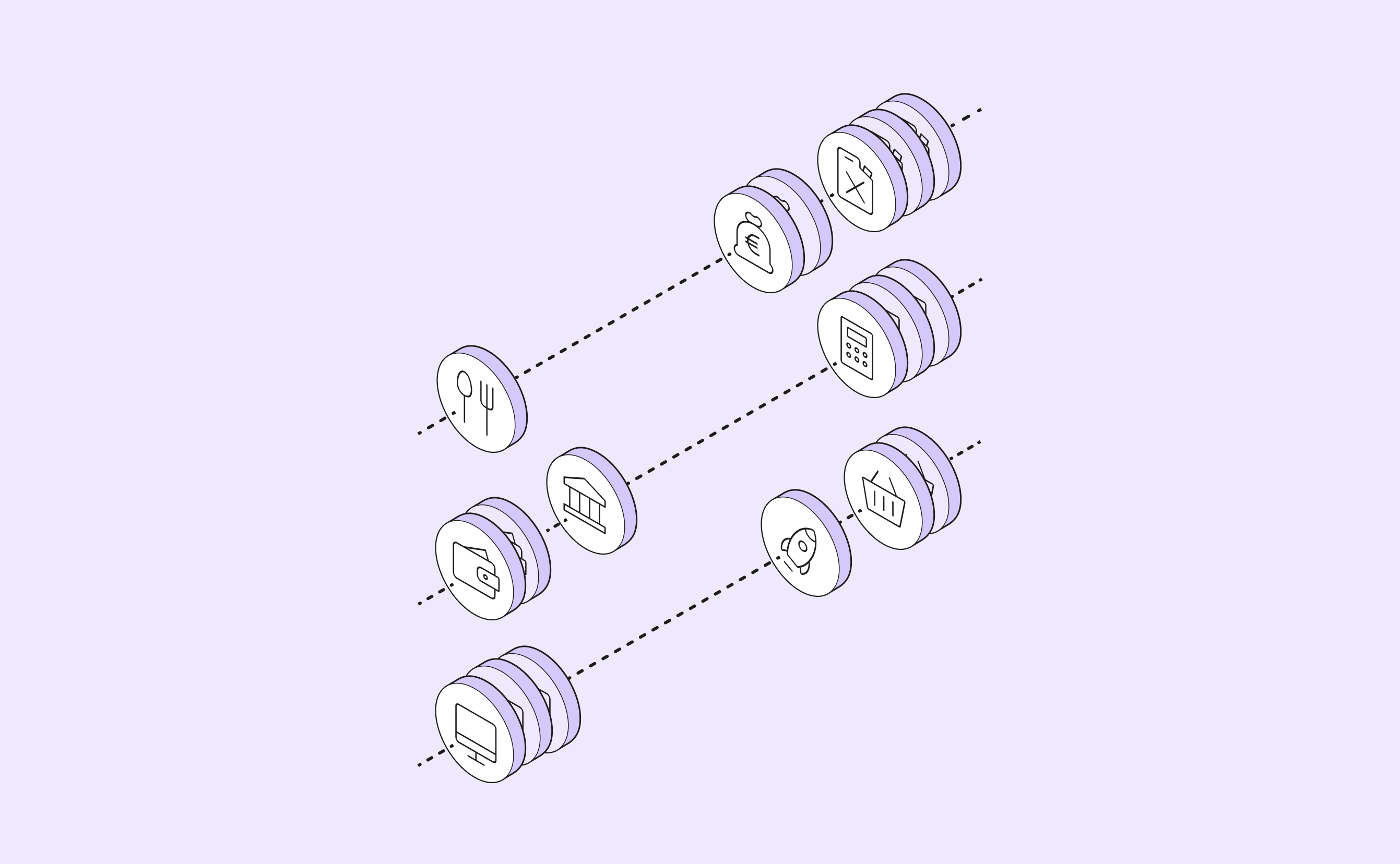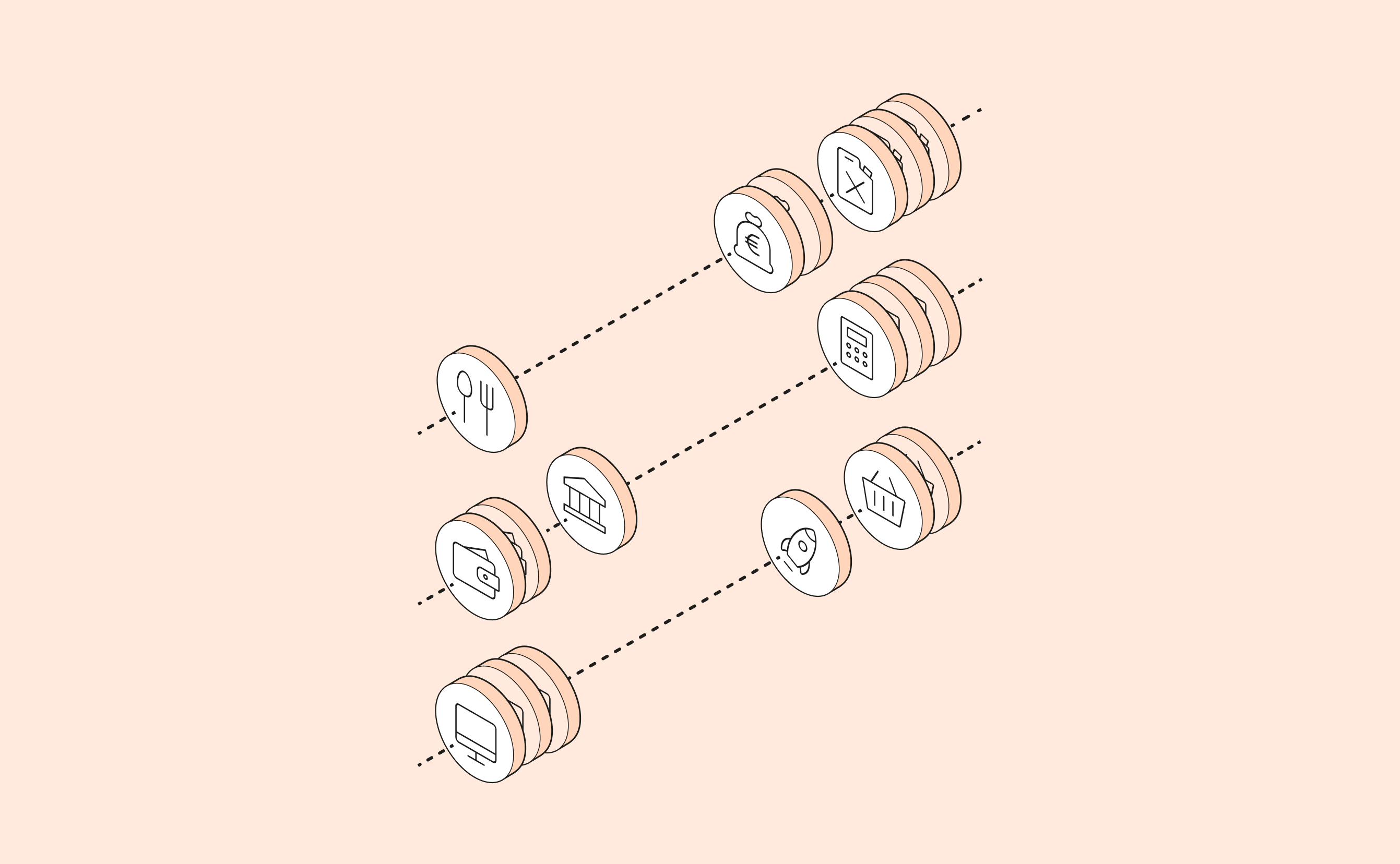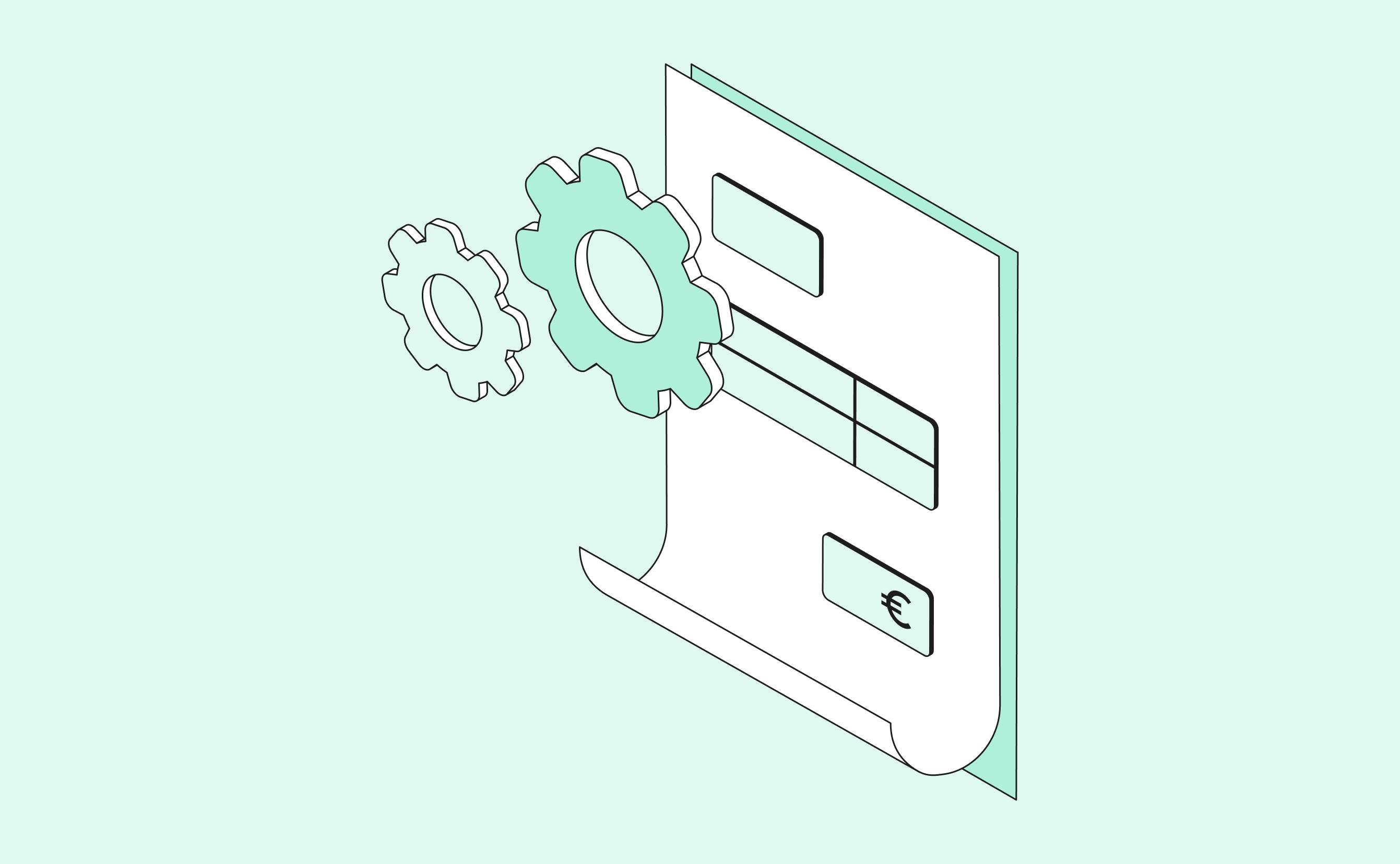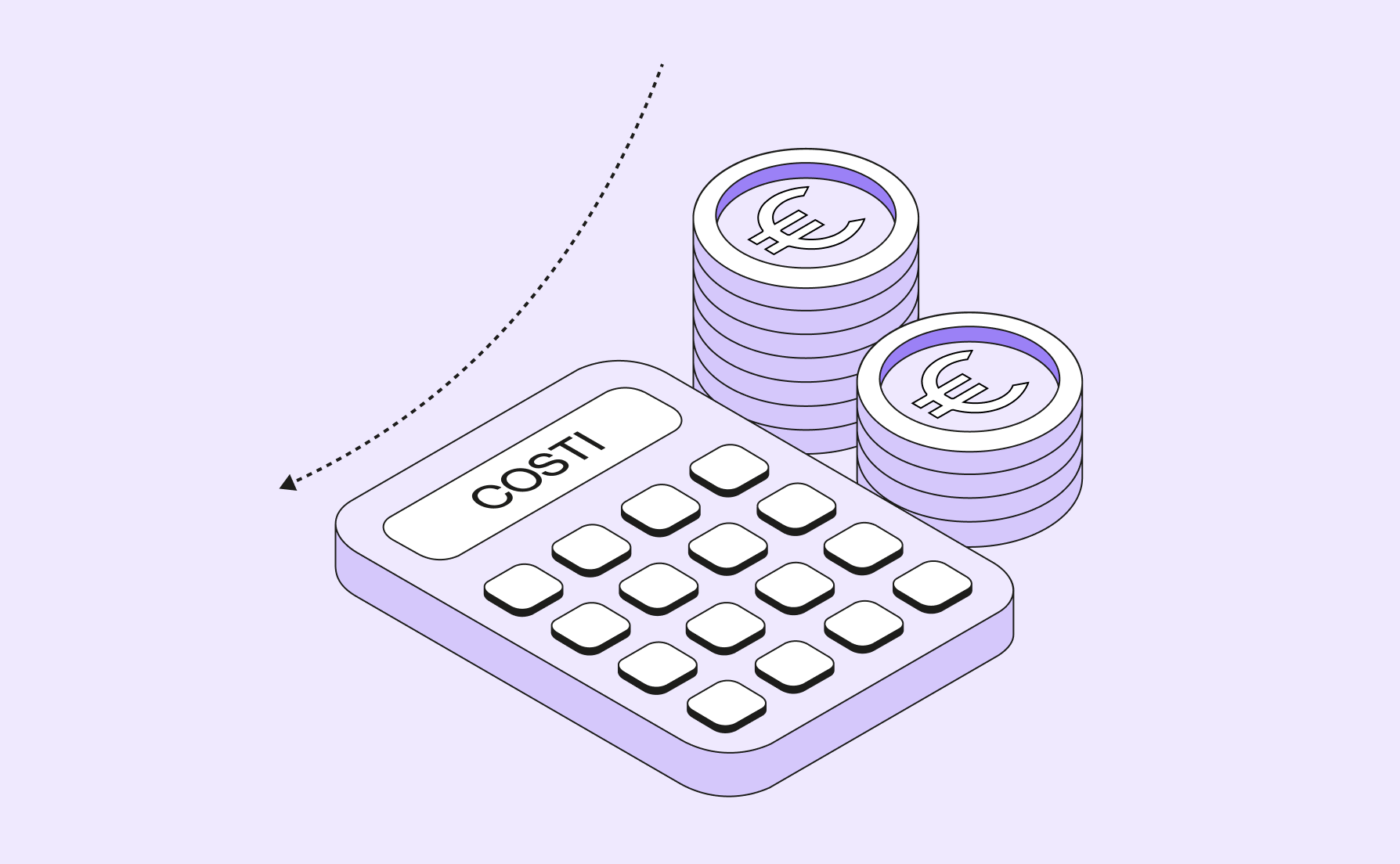If you’ve got employees, the chances are you’ll be familiar with expense receipts. On the one hand, they’re great: they allow your staff to take a customer out for lunch, get a train ticket to that conference or pick up a gadget that makes remote working easier. Work-related costs don’t need to come out of your employees’ pockets and the company can claim back the VAT.
But expense receipts also have a dark side: the admin they generate.
Anyone working in a company’s finance administration team will tell you all about those little slips of paper that get lost like odd socks, forgotten like confetti, or that are incomplete or invalid when they do show up. Rare are those who appreciate the hours spent processing expense receipts, who don’t find the task too time-consuming and, let’s face it, dull; nothing says mundane like flicking through expense slips.
Yet dealing with them correctly is paramount as the penalties can be heavy if the numbers don’t stack up in the eyes of the tax inspectors.
So then, what are the golden rules to follow to stop yourself or your staff from getting mixed up amid all the paperwork? What can you do to make managing expenses as simple as possible?
Surely there’s a better way?
Of course there is. Although we have no idea how it took so long for Humanity to find it, what we can do is share with you the long-overdue solution.
Read our guide and we’ll tell all.







